
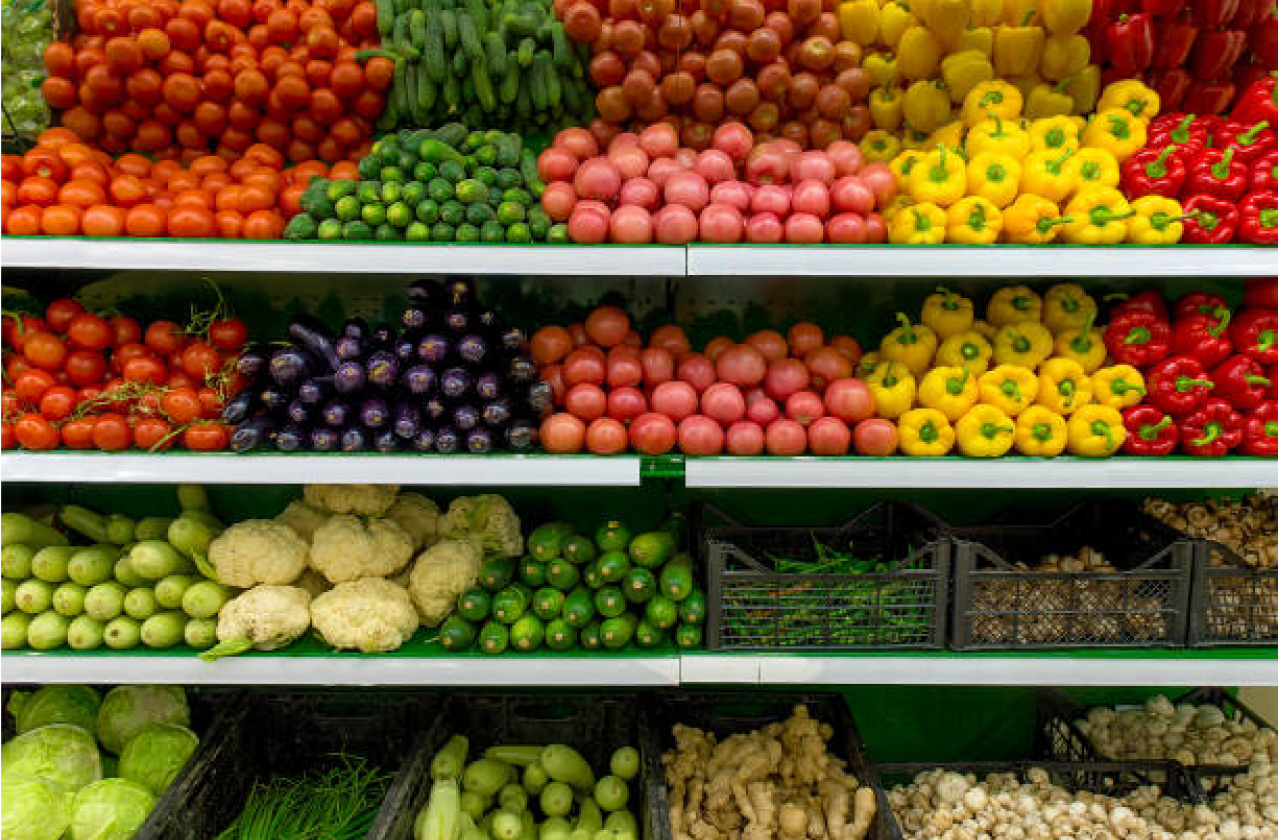
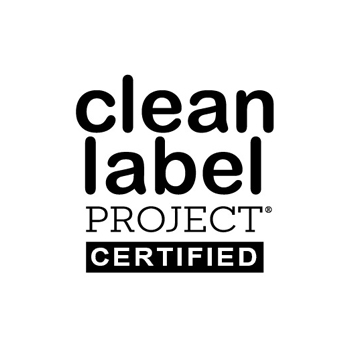
In the U.S., food and product safety has focused mainly on pathogens, but it’s time that these standards are broadened. For categories without Purity Award benchmarks, we look to California’s Proposition 65, one of the strictest laws protecting consumers from harmful contaminants. This regulation aims to minimize exposure to chemicals linked to cancer and reproductive harm. Inspired by this rigorous regulation, Clean Label Project upholds the highest accountability, promoting transparency and quality to create a safer environment for all.
Clean Label Project purchases products at retail, tests them for purity (chemicals of concern including heavy metals, pesticide residues, and plasticizers), and compares the results to high risk chemicals listed on the State of California Environmental Health Hazard Assessment Office’s Proposition 65 list. If the product is found to comply, it qualifies for Clean Label Project Certification.

Reach out to Clean Label Project to get a non-disclosure agreement and application materials. We’ll schedule a call to discuss your brand, product portfolio, and current quality assurance and control initiatives.
After the product scope is identified, Clean Label Project will use its Consumer Chain of Custody Sampling Process. Clean Label Project simulates the consumer shopping experience, by purchasing samples from local co-ops, national retailers, and brand websites. This independent approach to sampling is meant to mirror the consumer shopping experience and evaluate the true contents of what’s in refrigerators, drawers, and pantries across America.
After the products are purchased at retail, Clean Label Project submits the samples to one of its ISO-accredited analytical chemistry partner laboratories. The scope of testing varies depending on the product category. Testing typically includes heavy metals (Total Arsenic, Cadmium, Lead, and Mercury), over 300 of the most commonly used pesticides, including glyphosate, the active ingredient in Round-up that has been linked to non-Hodgkins lymphoma, and plasticizers (including BPA, BPS, phthalates), and other chemicals of concern. The testing process can take up to 3 weeks
Upon completion of the testing, Clean Label Project schedules a call with the testing laboratory and the brand. The test results are shared and discussed. Products that yield test results that comply with the State of California Environmental Health Hazard Assessment Office’s Proposition 65 list in addition to other supporting compliance requirements, qualify for Clean Label Project certification.
Clean Label Project will work with you on the marketing of your award to both consumers and retailers. However, keep in mind, a single test point is not enough to demonstrate ongoing compliance. It’s about making sure that the brand continues to maintain their internal quality assurance and control programs. Clean Label Project will continue to use its consumer chain of custody sampling and testing process to perform unannounced sampling and testing. The expectation is that you maintain the same ingredient quality assurance requirements to maintain these high standards.
If a product is found to be non-compliant, adverse action policies are outlined in the applicable Clean Label Project Code of Practice.